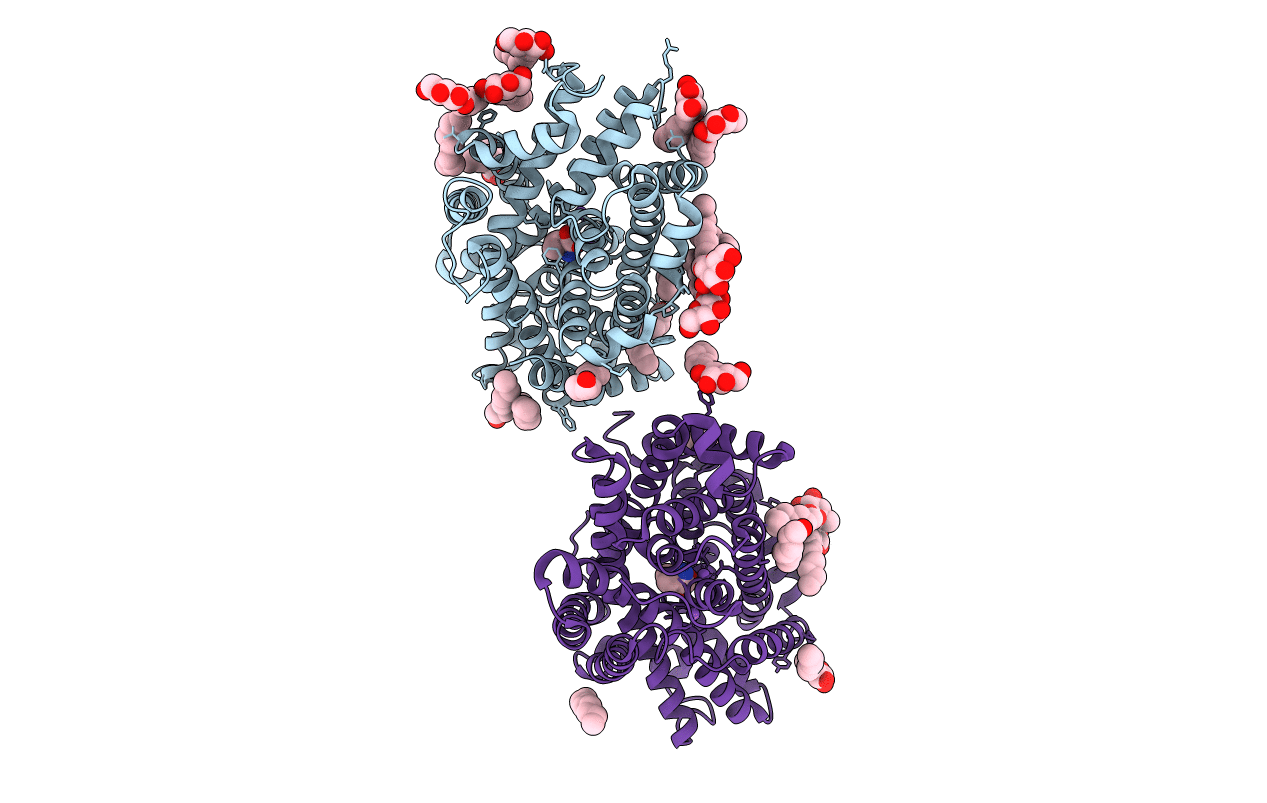
Deposition Date
2020-04-25
Release Date
2020-07-15
Last Version Date
2024-01-24
Entry Detail
Biological Source:
Source Organism:
Bacillus halodurans (Taxon ID: 86665)
Host Organism:
Method Details:
Experimental Method:
Resolution:
2.60 Å
R-Value Free:
0.23
R-Value Work:
0.20
R-Value Observed:
0.20
Space Group:
P 1 21 1


